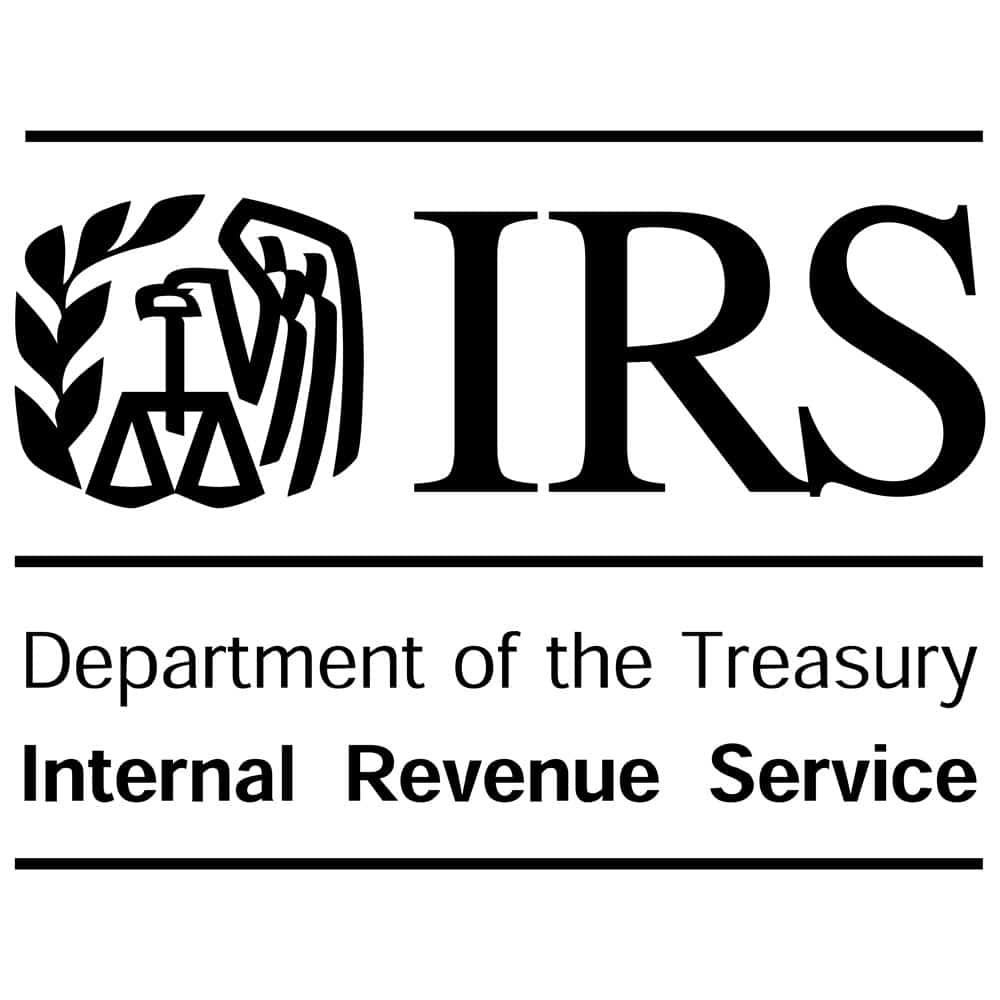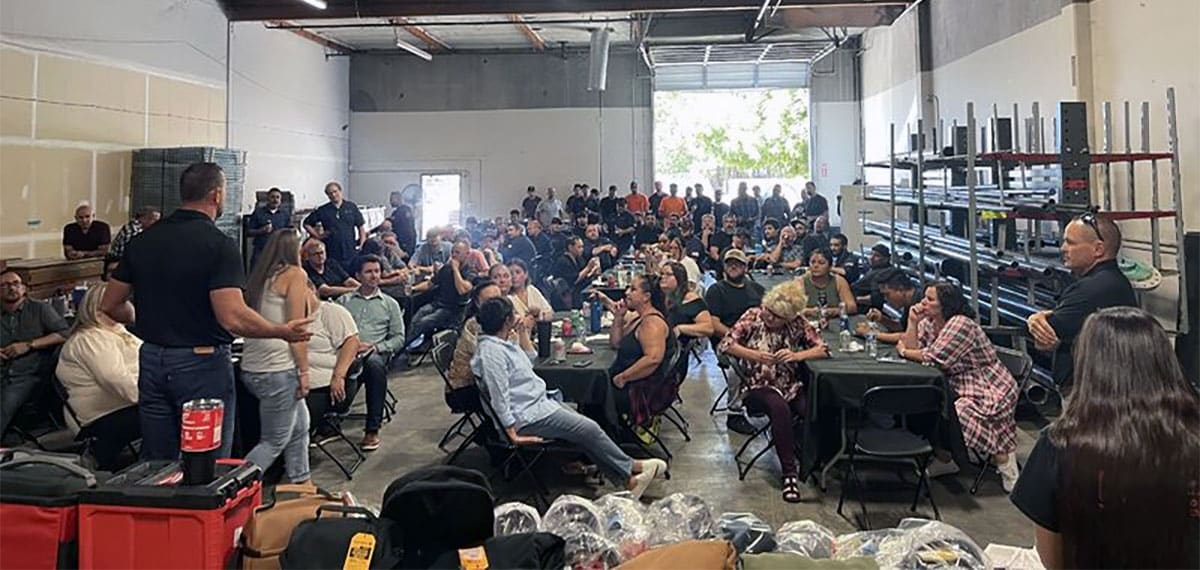Click here to download the full article in pdf format
ESOPs were first authorized by federal legislation in 1974. Since that date, there have been more than 25 separate pieces of legislation that have further defined what an ESOP is and what an ESOP is permitted to do. Despite this fact, there are more misconceptions about ESOPs than about any of the other similar financial tools that exist in the marketplace.
The following describes some of the more prevalent myths and misconceptions regarding
ESOPs. Hopefully, the explanations provided below will help to dispel many of the misconceptions that currently exist regarding these matters.
Misconception # 1 ESOPs can only be adopted by regular C corporations
False. More than half of all new ESOPs are installed by S corporations.
Originally, ESOPs could only be adopted by regular C corporations. However, as a result of legislation in 1996, ESOPs can now also be adopted by S corporations. The only significant difference between S corporation ESOPs and C corporation ESOPs is that, in the case of S corporations, the shareholders do not have the extra tax advantage of selling stock to the ESOP capital gains tax-deferred. However, S corporation ESOPs offer even greater opportunities for tax savings than are available to C corporations. This derives from the fact that the ESOP is a tax-exempt entity. Thus, to the extent that stock of an S corporation is owned by an ESOP, a portion of the corporation=s earning will be tax-exempt. For example, if 25% of the stock of an S corporation is owned by the ESOP, 25% of the earnings of the company will be attributable to the ESOP and will be exempt from taxation. If the ESOP owns 100% of the stock of an S corporation, the entire earnings of the company will be literally tax-exempt.
Misconception #2 The ESOP is primarily an employee benefit plan
Typically not. The converse is true. The ESOP is primarily a tool of corporate finance that is used as an alternative to a sale or merger as a way of creating liquidity and investment diversification for owners of privately-held businesses. An ESOP uses the tax advantages afforded to qualified employee benefit plans in order to maximize the tax savings to the sellers, to the company and to the employees, but the primary objective in most cases is to create an in-house market for the existing shareholders rather than to create an additional employee benefit.
Misconception # 3 An ESOP buyout, like most other buyouts, requires that the owners sell 100% of their stock
False. In fact, 80% or more of all ESOP transactions are structured as partial buyouts rather than as total buyouts, and many ESOPs end up owning less than 50% of the company=s outstanding stock.
Misconception # 4 An ESOP buyout requires that the owners sell at least 30% of all of the outstanding stock to the ESOP
False. Owners may sell any amount (1% to 100%) to the ESOP initially or in several stages over time, and there is no requirement that the ESOP must own any minimum amount of company stock.
However, in the case of a C corporation, there is a special tax savings provision that allows the sellers to defer indefinitely the capital gains tax on any or all of the stock sold to an ESOP, provided that the ESOP purchases at least 30% of all of the outstanding stock, and provided that the sellers reinvest a like amount of money in AQualified Replacement Property.@ However, this option applies to shareholders of C corporations.
In all other cases, the sellers are free to sell any amount of stock to the ESOP, and whatever amount of stock is sold to the ESOP will be taxed at capital gains tax rates. It should also be noted that once an ESOP has acquired at least 30% of the outstanding stock, all stock sales to the ESOP thereafter will also qualify for the tax-deferral treatment.
Misconception #5 Selling stock to an ESOP will result in a loss of control by the owner
Not always true. Selling stock to an ESOP need not result in any loss of control by the current owner. In most cases, the existing Board of Director members serve as the ESOP Trust fiduciaries. Thus there is no loss of voting control.
Misconception #6 An owner can get a higher price by selling to a third party rather than selling to an ESOP
Not always true. An ESOP is permitted to pay the same price that any third party would pay for the same block of stock. Thus, if an ESOP acquires a minority interest, the stock must be valued at a minority discount. Conversely, if the ESOP acquires a controlling interest (including the same voting rights that a third party would receive) then the ESOP can pay a control premium for the stock.
Selling a business to a third party buyer, on the other hand, can be quite time-consuming and costly, and there is no guarantee of a positive outcome. There are many businesses that were once for sale where no third party buyer was found, and the owners then turned to an ESOP as the solution.
Misconception # 7 An ESOP must be leveraged in order to purchase company stock
False. An ESOP need not necessarily be leveraged. For example, an ESOP may simply purchase stock on a year-by-year basis without engaging in any leverage. As another alternative, an ESOP can be prefunded for a number of years with annual cash contributions that are accumulated and then used to purchase a block of stock at the end of the fourth or fifth year of the plan.
Misconception #8 The participants will be able to exercise regular voting rights once their shares become vested
False. Employees are participants in a trust. Thus, for private companies the ESOP fiduciaries have the voting control in most circumstances, including election of the Board of Directors. Participants have regular voting rights only in the case of public companies.
Misconception #9 Participants must be allowed to vote their shares on any proposed sale of the business
False. Voting rights must be passed through in the case of the sale of all or substantially all of the assets of a business, a merger, dissolution, liquidation or reorganization. However, there is no requirement that voting rights be passed through in the case of a sale of part or all of the outstanding stock of a company to a third party. The great majority of corporate acquisitions are structured as stock acquisitions rather than as a purchase of assets.
Misconception #10 Having an ESOP will make it more difficult to sell the business to a third party in the future
The ESOP is just one additional shareholder of the company. Whether the company has, for example, four shareholders rather than three shareholders, makes little or no difference to the buyer. There is only one instance where having an ESOP makes it more difficult to sell the business to a third party. If an ESOP sells its stock to a third party, it cannot receive a promissory note for any part of the purchase price. The ESOP must receive all cash or stock. Thus, if the purchaser plans to use a promissory note for any part of the purchase price, then the remaining shareholders will have to receive a higher proportion of seller notes.
Misconception #11 An ESOP must purchase company stock as soon as possible after the plan is established
False. As mentioned above, the only requirement is that the ESOP must be primarily invested in shares of company stock over the life of the plan. However, there is no requirement that the ESOP be primarily invested in shares of company stock each and every year. Thus, an ESOP can be “prefunded” with cash contributions for the first several years. This makes it possible to accumulate cash for the purchase of a block of stock at a later time when the valuation is at a satisfactory level. Accumulating cash in the plan for a period of years also reduces the leverage that might otherwise be required to purchase a particular block of stock.
Misconception #12 The trustees of an ESOP have a greater degree of fiduciary liability than do trustees of other types of employee benefit plans
False. In fact, the trustees of an ESOP have a lesser risk of fiduciary liability due to the nature of an ESOP. Under ERISA an ESOP, unlike other employee benefit plans, is exempt from any requirement that the assets of the plan be diversified or that the assets of the plan earn a Afair rate of return.@ Thus, to this extent, the trustees have less fiduciary liability than they would have under a profit sharing or 401(k) plan.
Misconception #13 Having an ESOP will result in having to share financial statements with all of the employees
False. Nothing in the law requires that financial statements be shared with plan participants. The only financial disclosure that is required is the requirement that each participant be furnished at least annually with a benefit statement that shows the number of shares allocated to his or her account, and the fair market value of those shares.
Misconception #14 An ESOP must cover all employees of the company
False. As a general rule, an ESOP must cover all of the nonunion employees who have attained age 21 and who have completed a year of service. However, if the company has several divisions, the ESOP can be designed to cover only the employees of a particular division, provided that the plan does not discriminate in favor of highly-compensated employees. Similarly, if the company has several subsidiaries, the plan can be designed to cover only the employees of one or more subsidiaries, provided that the plan does not discriminate in favor of highly-compensated employees.
Misconception #15 An ESOP creates a “repurchase liability” that can jeopardize the continued existence of the business
False. An ESOP does not create any greater repurchase liability than the repurchase liability that already exists to current shareholders. All stock is ultimately a Acall@ on capital that results in a repurchase liability when the current shareholders retire and cash out their shareholdings. With an ESOP, this liability is much more manageable than would otherwise be the case. This is because of two reasons.
First, in the case of an ESOP, the stock is repurchased with tax-deductible dollars rather than with after-tax dollars. Thus, an ESOP actually reduces the cash expenditure rather than increasing it.
Second, in the case of an ESOP, the repurchase liability is spread out over the lives of all of the participants rather than concentrated in the hands of a few large shareholders. As a result, in the case of an ESOP, the cash expenditure is more even and predictable.
Misconception #16 An ESOP is costly to implement and to administer
False. The cost of implementing an ESOP typically ranges from $30,000 to $50,000, including the cost of the initial appraisal. In comparison to selling a business to a third party, where brokerage, legal and accounting fees typically range from $300,000 and up, the cost of implementing an ESOP is literally one-tenth of the fees incurred in selling the business to a third party. Annual fees for administering the plan and for updating the stock appraisal typically run around $10,000 per year, but this is a deductible expense that can be paid either by the company or by the plan.
Misconception #17 An ESOP must always purchase shares of company stock that are already outstanding
False. An ESOP can purchase newly-issued shares or treasury shares. In the alternative, the company can simply contribute newly-issued shares or treasury shares in lieu of making cash contributions that are then used to purchase newly-issued shares of company stock. The company will get a tax-deduction for the fair market value of the shares contributed.
Misconception #18 My employees would never be able to save or contribute enough money to buy me out
An ESOP buyout is not financed (except in rare cases) with employee contributions or salary reductions. Rather, an ESOP buyout is financed the same way that any other third party buyout or stock redemption is financed C with funds borrowed from a bank, with seller note financing, or a combination of the two. There is one big difference, however, in the case of an ESOP buyout. In the case of an ESOP buyout, the principal amount of the debt is repaid with tax-deductible dollars, whereas in the case of all other types of buyouts the principal portion of the debt must be repaid with after-tax dollars.
Misconception #19 My employees would never be able to borrow enough money to buy me out
Just as in the case of other types of third party buyouts, the employees do not borrow the funds personally. Rather, the funds are borrowed by the company itself and paid back out of future profits of the company.
Misconception #20 Since an ESOP initially has no assets, an ESOP will not be able to borrow more than a limited amount of money
The ESOP is usually not the direct borrower. In most cases, the company itself borrows the money and then lends the same amount of money to the ESOP. The company loan is then repaid out of tax-deductible contributions that the company makes to the ESOP. The company then uses the ESOP=s loan repayments to pay back the bank loan.
Misconception #21 An ESOP must be 100% invested in shares of company stock
False. An ESOP need only be Aprimarily@ invested in shares of company stock over the life of the plan. This means that over the life of the plan, up to 49% of the plan may be invested in other investments. Thus, an ESOP will usually have two accounts C a Company Stock Account and an Other Investments Account. All investments other than company stock will be credited to the Other Investments Account.
Misconception #22 An ESOP must purchase stock from shareholders on a disproportionate basis in order for the sellers to get capital gains treatment
False. In the case of privately-held corporations, a pro rata redemption of stock from existing shareholders will result in ordinary income taxation to the selling shareholders. This result can only be avoided if the amount of shares that are redeemed is Adisproportionate@ relative to the amount of shares still held by the remaining shareholders.
This requirement, however, only applies to stock Aredemptions.@ Stock that is purchased by an ESOP remains as outstanding stock in the hands of the ESOP trustee. Accordingly, the rules regarding stock redemptions do not apply to stock that is purchased by an ESOP.





